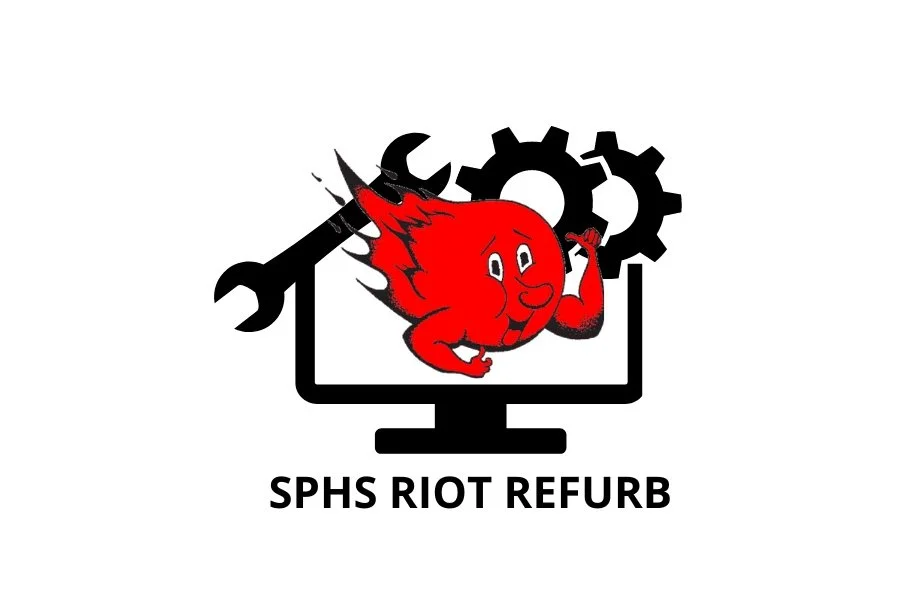July 2025
Fighting E-Waste with Student Power: How Repair Education is Changing Our School and Community
Julie York
At South Portland High School — and in many other schools — there’s a common pattern: when technology becomes outdated or unused, it gets pushed aside. As teachers and tech users, many of us tend to hang on to devices that once felt cutting-edge. There’s always the thought: “Maybe we’ll use it again someday,” or “It would be such a waste to throw this out.”
After more than 20 years of teaching, I started noticing not just the cycle of technology turnover, but also how curious my students were about hardware. They wanted to know how things worked. They wanted to fix their own phones, game consoles, and headphones. That curiosity sparked an idea: what if we taught repair?
A South Portland High School student taking notes on computer repair.
A few years ago, I partnered with our IT department and launched a repair education program. We found ways to access old devices — iPads, Chromebooks, Apple TVs — and either refurbish, recycle, or redistribute them to extend their life and keep them out of landfills. It was a way to tackle two big problems: the growing crisis of e-waste, and the inequitable access to technology.
We documented everything: the repairs, the process, the community partnerships. We created a website and a printed book to give students the chance to see their work published. Through the program, they learned how to diagnose and fix tech, document their steps, improve their methods, and give back to the community — all at once. You can see the full story and access our resources here: Riot Refurb.
What I’ve loved most about this work is how engaged my students became. They were doing something real. Together, we’ve fixed hundreds of devices, given out countless computers, and prevented mountains of e-waste. We’re still refining the process, but it’s amazing to look at a stack of 30 iPads with no modern charging cables or 50 aging Chromebooks and know that, with teamwork, we can figure out a solution.
Repair in action!
One of the biggest challenges has been deciding what to do with the repaired equipment. We usually donate them to community members or local charities. Some organizations send devices overseas or use them locally for families experiencing homelessness or resettling in Maine. Not every student wanted an older device—many already had newer ones — so we had to think carefully about where these refurbished tools could do the most good, without just becoming future waste.
This year, we began exploring international donations, including efforts to send devices to Ghana. We quickly ran into barriers like high shipping costs and lack of infrastructure. After participating in a Fulbright program in Senegal, I saw firsthand that simply sending tech isn't enough — without reliable electricity or Wi-Fi, it doesn’t solve the core challenges.
Still, this year has been one of learning — both for my students and myself. Students came in to repair their phones and headphones, using real tools and real repair stations. Our biggest limitations are time and access to replacement parts, but we continue to improve.
To other educators interested in starting a similar program, here’s my advice:
Check out our plans on the Riot Refurb website.
Involve your community. Local awareness and partnerships make a huge difference.
Let students lead. They have the ideas and the drive to solve real problems.
Charge small repair fees for slightly newer devices to help fund the program—this allowed us to buy power cords for the devices we give away for free.
Think about sustainability. We’re exploring ways to fundraise and compensate advisors to keep this going long term.
We’re also hoping to share our story more widely, connect with others tackling e-waste, and continue evolving our work. There’s no one-size-fits-all solution, but with creativity, student power, and a sense of purpose, we can all play a part in reducing e-waste—one repair at a time.
“What will you create?” Classroom photo
Julie York (she/her/hers), M.Ed., TESOL Cert, CAS Instructional Technology
South Portland High School Career Preparation & Technology Department Chair
2024-2025 Fullbright Global Classroom Teacher
SMCC Concurrent Instructor
SPCTV-2 Educational Access Coordinator
Amazon Future Engineer Teacher Ambassador
CSTA Equity Fellow Alumni
Career Preparation & Technology Department Chair and Media/Computer Science Teacher
Julie York has been teaching computer science and media electives at South Portland High School in South Portland, Maine since she was hired in 2002. Hired to teach Video Production, she has gone on to develop and maintain many new classes for the school community that include Animation & Game Design, Digital Graphics, Advanced Technology, and Introduction to Computer Science. Community and joy are two main focuses in her life and teaching: with representation, inclusion, involvement, creating, passion, empathy, and diversity at the forefront of her planning and development. She is married with two children and has two businesses she founded and continues to run for fans of anime and gaming in Maine: Weekend Anime & Games and PortConMaine.






